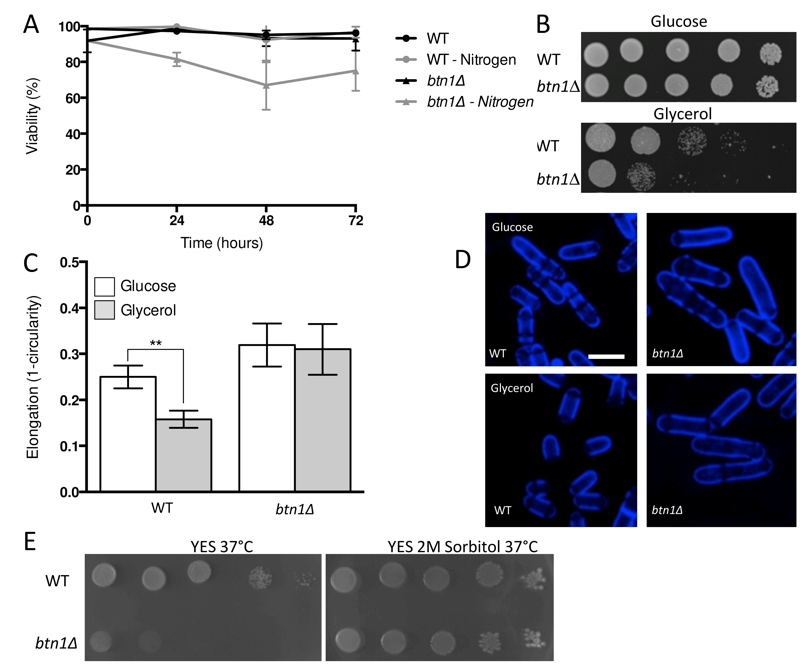FIGURE 2: btn1Δ cells display features consistent with dysfunction in TOR signalling processes.
(A) Cell viability upon nitrogen limitation was determined over periods of up to 72 hours in wild-type (WT) and btn1Δ cells, using the cell impermeable nucleotide stain propidium iodide to stain dead cells and calcofluor white to stain the total cell population. Cells were cultured in either MM or MM lacking a nitrogen source (NH4Cl). 500 cells were scored for viability per data set, and data shown is a mean (± SEM) of 3 independent experiments.
(B) WT cells and btn1Δ cells were serially diluted from a log-phase culture (1 x 106 cells/ml), and spotted onto plates containing either glucose or glycerol as a carbon source. Plates were then incubated at 30°C for 6 – 7 days to determine growth on fermentative and non-fermentative carbon sources. Images are representative of three independent experiments.
(C) The morphological response of WT and btn1Δ cells to growth on glycerol was analysed following 6 hours in culture using a measure of cell elongation, on a scale of 0 to 1, where 0 represents a perfectly round cell (1-(4π*area/perimeter2)). Data shown is a mean (± SEM) of 5 independent experiments. Statistical significance between each condition was determined using a one-way ANOVA with a Tukey’s multiple comparison post-test (** = P < 0.01).
(D) Representative images of experiments as performed in (C) are shown. Scale bar represents 10 μm.
(E) WT and btn1Δ cells were also serially diluted from a log-phase culture (1 x 106 cells/ml) and spotted onto YES plates and YES plates containing 2M sorbitol. Plates were then incubated at 37°C for 3 – 4 days to determine the growth at high temperature and the influence of osmotic stabilisation. Images are representative of three independent experiments.

